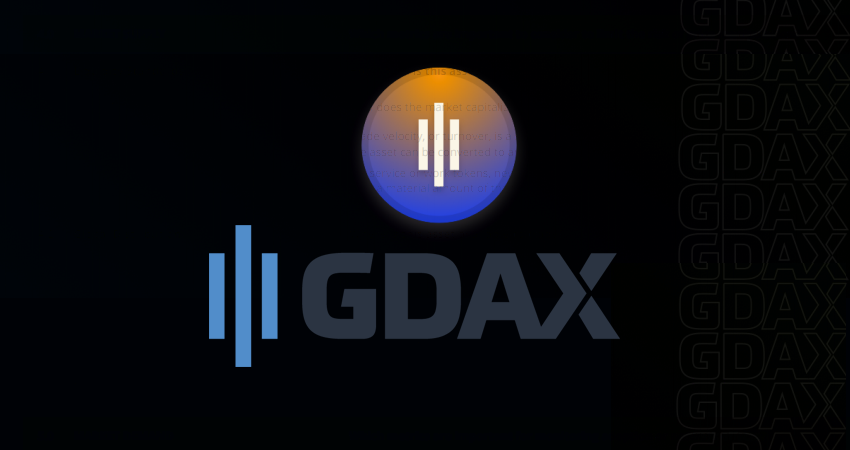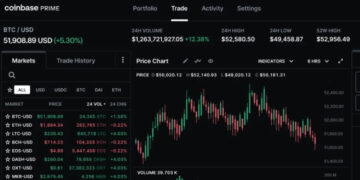GDAX, the professional based trading platform of San Francisco headquartered bitcoin exchange Coinbase has released today what they call a Digital Asset Framework. The company believes that cryptocurrencies and tokens will continue growing and contribute to creating an open financial system.
With that said, to support this growth, GDAX stated they will add assets that align with this framework and promote its mission of helping create an open financial system for the world. To start the year, Coinbase CEO, Brian Armstrong stated that that company would be listing more tokens, but the only asset added year-to-date has been Litecoin (LTC), alongside BTC and ETH.
GDAX pointed out the following stats as the number of assets, breadth of companies, and amount of capital to crypto has grown:
- There are now more than 1,100 digital assets listed on exchanges
- Over 100 crypto hedge funds have collectively raised over $2 billion of capital
- Venture firms have invested more than $800 million into digital asset startups
Being that Coinbase/GDAX has decided to operate under the BitLicense of New York State, the company said that by sharing this framework in which they have developed, it hopes to improve transparency and highlight the factors being evaluated when the company considers any new assets that would be supported on GDAX.
The GDAX team said:
“This framework is not intended to be a definitive methodology, investment advice, or a commitment to support any specific asset. As the technology, use cases, and regulatory environment evolve, so too will this framework. We are committed to supporting more assets, but our priority is always to protect customer funds and comply with regulatory requirements.”
In summation, GDAX will look at the following parameters:
- Aligning with its stated mission and values of open financial system
- Engineering and product quality
- Team background
- Governance issues
- Scalability
- Legal and compliant, if GDAX can legally offer the asset
- Market supply, liquidity of an asset
- Asset distribution, not limited with gateways to a national currency
- User demand and community support
- Network standards, nodes, market cap, transaction chain growth
- Token type
- ICO structure and transparency with ethical and professional code of conduct






















